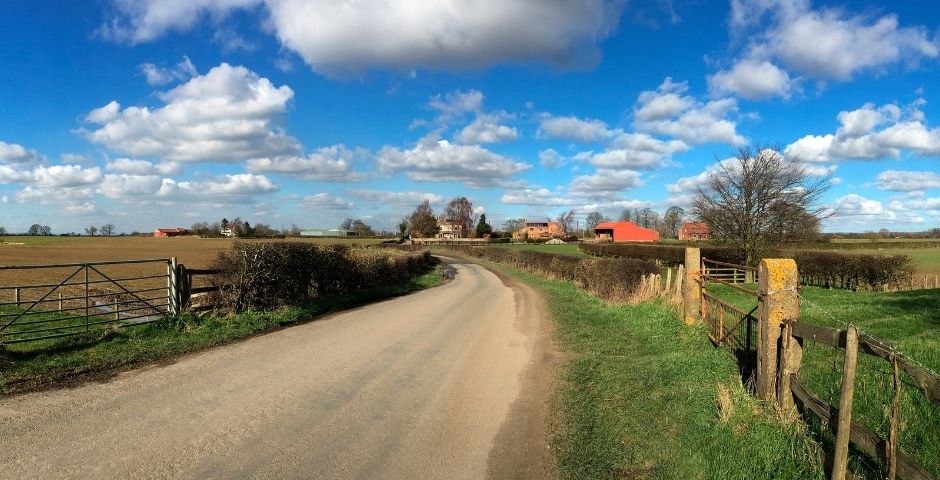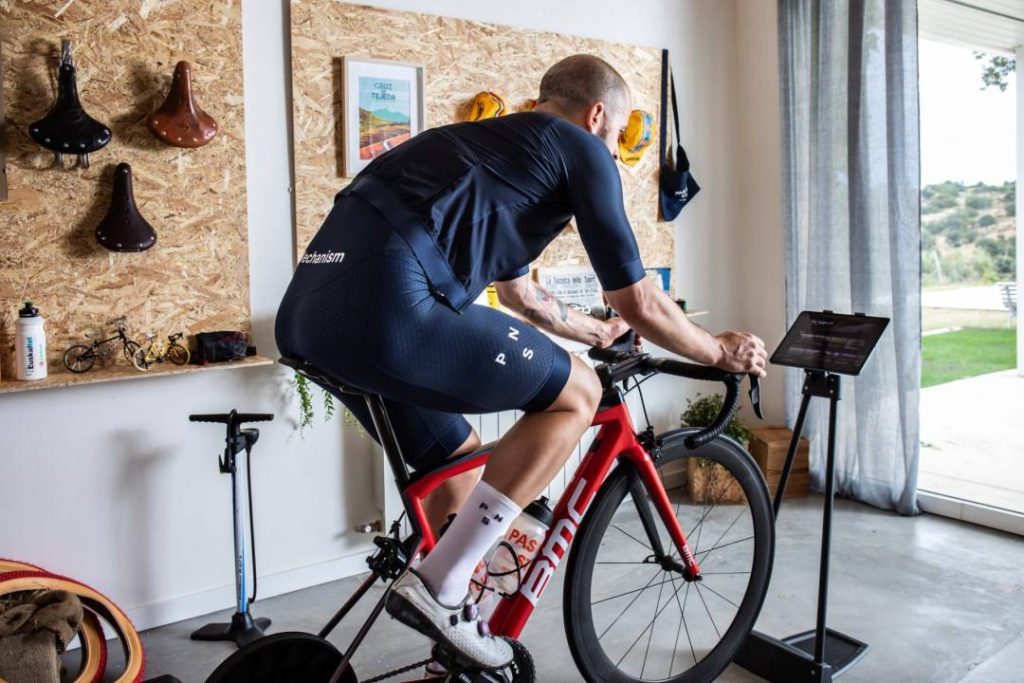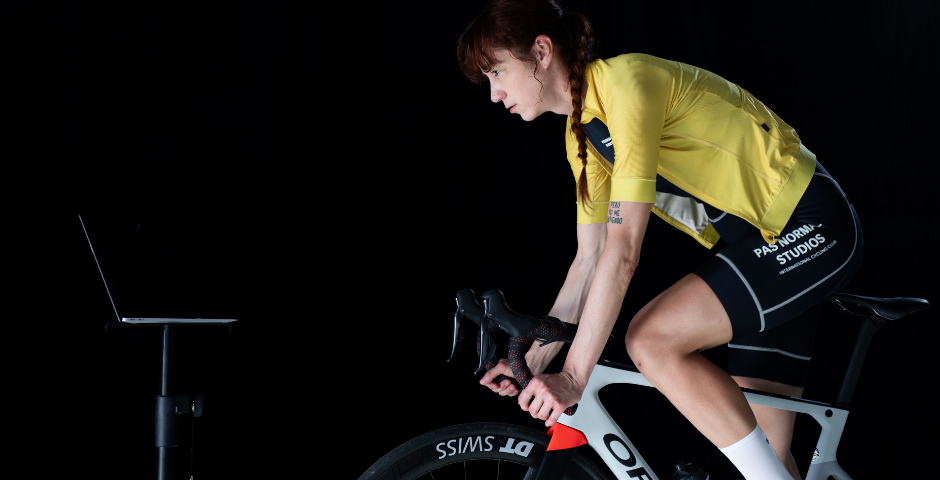Climbing slopes is one of the biggest challenges facing cyclists. Whether you’re just an amateur who enjoys weekends in the mountains, or you’re preparing for a competition, mastering climbing technique is essential. This article will guide you through specific strategies and exercises that will help you climb hills more effectively.
Hill training not only improves your cycling performance, but also strengthens key muscles and improves your cardiovascular fitness. Climbing steep hills forces you to work harder than on flat terrain, resulting in higher caloric expenditure and a significant improvement in your endurance. In addition, this type of training prepares you mentally to overcome challenges and maintain motivation in adverse conditions.
What are the specific benefits?
Among the many benefits of hill climbing are improved muscle strength, especially in the legs, glutes and core. There is also an increase in aerobic capacity, as the heart and lungs work harder to supply oxygen to the muscles. In addition, hill training improves pedalling efficiency and climbing technique, which are crucial for any cyclist.
These are the technical aspects for climbing
Technique is essential for effective hill climbing. Good posture and proper cadence can make the difference between an efficient climb and a gruelling experience.
Correct posture and technique
Maintaining proper posture is crucial. You should lean slightly forward, keeping your back straight and relaxed. Your arms should be slightly bent and your hands should have a firm grip on the handlebars, allowing for greater stability and control. It is important that your hips remain stable and do not move excessively from side to side, as this can waste energy.
Frequency and cadence
Cadence, or pedalling rate, is critical. Too low a cadence can quickly fatigue your muscles, while too high a cadence can be inefficient. Ideally, you should find a balance that allows you to maintain a constant speed without overtaxing your muscles. Generally, a cadence of between 70 and 90 revolutions per minute is ideal for climbing hills.
Breathing properly
Breathing plays a crucial role during climbing. Try to breathe deeply and steadily, using your diaphragm to maximise oxygen intake. This not only improves your performance, but also helps you stay calm and focused during the climb.

Training strategies
To improve your climbing, it is important to follow a varied training plan that includes endurance, strength and speed. Here are some specific strategies.
Endurance
Endurance training is key to climbing long hills. It involves long sessions at a steady, moderate pace. This type of training improves aerobic capacity and energy efficiency. You can incorporate routes with long, gradual hills to simulate real climbing conditions.
Strength
Strength training is essential to develop the power needed to overcome steep inclines. Exercises such as squats, lunges and deadlifts help to strengthen the muscles of the legs and core. In addition, you can use the BKOOL cycling simulator to perform specific strength training on hills, adjusting the resistance to simulate different inclines.
Speed
Speed training, or interval training, will help give you that extra boost for intense efforts for short periods of time. You can do high-intensity intervals on short, steep hills, followed by recovery periods on flat or downhill terrain. This type of training improves explosive power and recovery capacity.
You can do these specific exercises to add a little extra
In addition to general training strategies, there are specific exercises that can help you improve your climbing technique and performance.
Leg strength exercises
These kinds of activities are essential for any cyclist who wants to improve on hills. As mentioned above, weighted squats, lunges and calf raises are excellent for strengthening leg muscles. In addition, core exercises, such as crunches and planks, help to maintain a stable posture during climbing.
If you want to hit the cardio…
Cardio is essential to improve the aerobic capacity that is so important in a sport like cycling. You can do cross-training sessions, such as running or swimming, to complement your cycling training. In addition, the use of cycling simulators gives you the opportunity to set up climbing-specific cardio sessions, adjusting resistance and simulating different types of terrain.
What about improving technique?
Technique is crucial to climbing hills efficiently. Practice pedalling smoothly and steadily on flat terrain before attempting steeper climbs. It is also useful to practice the “standing up” technique, getting off the saddle and using your body weight to generate more power with each pedal stroke.

Take note of these tips if you want to be the fastest in your ‘group’
In addition to physical training, there are some practical tips that can help you improve your climbing.
Common mistakes and how to avoid them
One of the most common mistakes most amateurs make is starting the climb too fast, which can lead to premature fatigue. It is better to start at a steady pace and save energy for the more difficult sections. Another mistake is not shifting gears properly; it is important to anticipate and shift to a lighter gear before tackling a steep incline.
Tips for beginners
For beginners, it is essential to start with gentle slopes and gradually increase the difficulty. It is also advisable to train in a group, as the company of other cyclists can be motivating and provide opportunities to learn from more experienced riders. Using cycling simulators such as BKOOL is also useful to familiarise yourself with hills in a controlled environment.
Experienced cyclists should know that…
Advanced cyclists can benefit from more specific and challenging workouts. Incorporating high-intensity interval and strength training in the gym will take your performance to the next level. In addition, analysing performance data, such as power and heart rate, can help adjust training to maximise results.
Looking at all the points above, effective hill climbing requires a combination of technique, strength, endurance and strategy. Incorporating specific exercises and following a well-structured training plan can make a big difference to your performance.
Don’t forget the importance of mindset and motivation; approaching hills with a positive attitude and perseverance is key to overcoming any challenge. With dedication and practice, you can conquer any hill that comes your way. If you want to test your hill climbing skills without having to leave your home, BKOOL has the solution.
BKOOL is the most complete cycling simulator on the market, try it FREE for 7 days!
 Go to BKOOL
Go to BKOOL





